There are a variety of types of breast surgery for cancer, each with its own advantages and disadvantages. Your surgeon will work with you to choose the best type of surgery for your individual needs and goals.
Type of breast surgery is right for you will depend on a number of factors, including the stage of your cancer, the size and location of the tumor, your overall health, and your personal preferences. Your surgeon will discuss all of your options with you and help you to choose the best approach for your individual needs.
It is important to note that breast cancer surgery is a complex procedure with the potential for serious side effects. It is important to talk to your surgeon about the risks and benefits of each type of surgery before making a decision.
Overview of Breast Surgery for Cancer
The Role of Surgery in Breast Cancer Treatment
Surgery is a primary treatment for breast cancer. The goal of surgery is to remove the cancerous tumor and any surrounding tissue that may be affected. Surgery can also be used to stage the cancer and determine the extent of its spread.
Personalized Treatment Plans
The type of breast surgery that is right for you will depend on a number of factors, including the stage of your cancer, the size and location of the tumor, your overall health, and your personal preferences. Your surgeon will work with you to develop a personalized treatment plan that meets your individual needs.
Types of breast surgery for cancer
There are two main types of breast surgery for cancer:
Breast-conserving surgery (lumpectomy or wide local excision): This surgery removes the cancerous tumor and a small margin of surrounding healthy tissue. It is a good option for many women with early-stage breast cancer.
Mastectomy (removal of the entire breast): This surgery may be recommended for women with larger tumors, cancer that has spread to the lymph nodes, or certain other factors. There are different types of mastectomies, depending on the extent of the cancer and the patient’s preferences.
Breast reconstruction is a procedure that restores the shape and appearance of the breast after mastectomy. There are a variety of breast reconstruction techniques available, each with its own advantages and disadvantages.
Other types of breast surgery for cancer may include:
Sentinel lymph node biopsy: This procedure removes the first lymph nodes to which the cancer is most likely to spread. If the sentinel lymph nodes are cancer-free, then it is unlikely that the cancer has spread to other lymph nodes.
Axillary lymph node dissection: This procedure removes all of the lymph nodes in the armpit. It is often performed in conjunction with mastectomy.
Oncoplastic surgery: This type of surgery combines cancer removal with plastic surgery techniques to improve the cosmetic outcome of the surgery.
The type of breast surgery that is right for you will depend on a number of factors, including the stage of your cancer, the size and location of the tumor, your overall health, and your personal preferences. Your surgeon will discuss all of your options with you and help you to choose the best approach for your individual needs.
Breast-Conserving Surgery (Lumpectomy)
Preserving Breast Tissue
Breast-conserving surgery, also known as lumpectomy, is a procedure that removes the cancerous tumor and a small margin of surrounding healthy tissue. Lumpectomy is a good option for many women with early-stage breast cancer.
When Lumpectomy Is Appropriate
Lumpectomy is typically appropriate for women who meet the following criteria:
The tumor is small and localized to one area of the breast.
The cancer has not spread to the lymph nodes.
The patient is willing and able to undergo radiation therapy after surgery.
Mastectomy: Removing the Entire Breast
Types of Mastectomy
A mastectomy is a surgical procedure that removes the entire breast. There are different types of mastectomy, depending on the extent of the cancer and the patient’s preferences.
Total mastectomy: This procedure removes the entire breast, including the nipple and areola.
Modified radical mastectomy: This procedure removes the breast, nipple, areola, and some of the surrounding lymph nodes.
Radical mastectomy: This procedure removes the breast, nipple, areola, all of the surrounding lymph nodes, and some of the chest muscle.
Indications for Mastectomy
A mastectomy may be recommended for women with breast cancer that is large or widespread, or for women who have cancer in both breasts. Mastectomy may also be recommended for women who are not candidates for breast-conserving surgery or who do not want to undergo radiation therapy.
Breast Reconstruction Options
Immediate vs. Delayed Reconstruction
Breast reconstruction can be performed immediately after mastectomy or at a later date. Immediate reconstruction can help to improve the patient’s body image and quality of life. However, delayed reconstruction may be a better option for some patients, depending on their individual circumstances.
Reconstruction Techniques
There are a variety of breast reconstruction techniques available. The best technique for you will depend on your individual needs and preferences.
Implant-based reconstruction: This technique uses saline or silicone implants to recreate the breast shape.
Autologous reconstruction: This technique uses the patient’s own tissue to reconstruct the breast.
Sentinel Lymph Node Biopsy
Determining Lymph Node Involvement
During surgery, your surgeon may perform a sentinel lymph node biopsy. This procedure involves removing the first lymph nodes to which the cancer is most likely to spread. If the sentinel lymph nodes are cancer-free, then it is unlikely that the cancer has spread to other lymph nodes.
Minimizing Lymphedema Risk
Lymphedema is a condition that can occur after lymph node dissection. Lymphedema is caused by a buildup of fluid in the arm or armpit. There are a number of things that can be done to minimize the risk of lymphedema, such as avoiding strenuous activity and wearing a compression sleeve.
Adjuvant and Neoadjuvant Therapy
Chemotherapy and Radiation Therapy
Adjuvant and neoadjuvant therapy are treatments that are given in addition to surgery. Adjuvant therapy is given after surgery to reduce the risk of the cancer coming back. Neoadjuvant therapy is given before surgery to shrink the tumor and make it easier to remove.
Timing of Treatment
Adjuvant and neoadjuvant therapy may be given before, during, or after surgery. The timing of treatment will depend on the type of treatment and the patient’s individual circumstances.
Choosing the Right Surgical Approach
Shared Decision-Making with the Healthcare Team
You will work with your surgeon to choose the right surgical approach for you. It is important to consider all of your options and to ask questions so that you can make an informed decision.
Balancing Cosmetic Outcomes and Cancer Control
When choosing a surgical approach, it is important to balance cosmetic outcomes with cancer control. Your surgeon will discuss all of your options with you and help you to choose the best approach for your individual needs.
FAQs about types of breast surgery for cancer in UAE

Which is the best hospital for breast cancer in the UAE?
There are a number of excellent hospitals in the UAE that provide comprehensive care for breast cancer patients. Some of the most highly regarded hospitals include:
- Cleveland Clinic Abu Dhabi
- Mediclinic City Hospital
- Burjeel Hospital, Abu Dhabi
- NMC Royal Women’s Hospital
- Zulekha Hospital
These hospitals offer a wide range of services for breast cancer patients, including surgery, radiation therapy, chemotherapy, and reconstruction. They also have experienced and highly skilled teams of breast cancer specialists who can provide patients with the best possible care.
How much does breast cancer treatment cost in the UAE?
The cost of breast cancer treatment in the UAE can vary depending on a number of factors, including the type of treatment, the stage of the cancer, and the patient’s insurance coverage. However, in general, breast cancer treatment in the UAE is more affordable than in many other developed countries.
Here is a rough estimate of the average cost of some common breast cancer treatments in the UAE:
- Lumpectomy: AED 10,000 – AED 20,000
- Mastectomy: AED 20,000 – AED 30,000
- Breast reconstruction: AED 30,000 – AED 40,000
- Chemotherapy: AED 10,000 – AED 20,000 per cycle
- Radiation therapy: AED 20,000 – AED 30,000 per course
It is important to note that these are just estimates and the actual cost of your treatment may vary. It is important to talk to your doctor about the cost of your treatment plan and to ask about any financial assistance options that may be available.
How is breast cancer treated in the UAE?
Breast cancer is treated in the UAE using a variety of methods, including surgery, radiation therapy, chemotherapy, and hormone therapy. The specific treatment plan that is right for you will depend on a number of factors, including the stage of your cancer, the type of cancer, and your overall health.
Surgery is the most common treatment for breast cancer. The goal of surgery is to remove the cancerous tumor and any surrounding tissue that may be affected. Surgery can also be used to stage the cancer and determine the extent of its spread.
Radiation therapy uses high-energy rays to kill cancer cells. Radiation therapy is often used after surgery to help prevent the cancer from coming back.
Chemotherapy uses drugs to kill cancer cells. Chemotherapy can be given before or after surgery, or it may be used as a standalone treatment.
Hormone therapy is used to block the effects of hormones that can fuel the growth of breast cancer cells. Hormone therapy is often used in women with breast cancer that is hormone-positive.
Is breast cancer common in the UAE?
Breast cancer is the most common cancer among women in the UAE. It is estimated that 1 in 8 women in the UAE will develop breast cancer in their lifetime.
However, the good news is that breast cancer is highly treatable, especially when it is detected early. That is why it is important for women in the UAE to get regular breast cancer screenings.


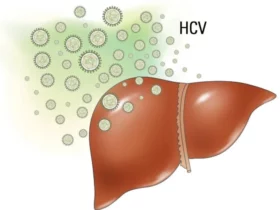
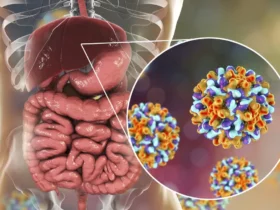

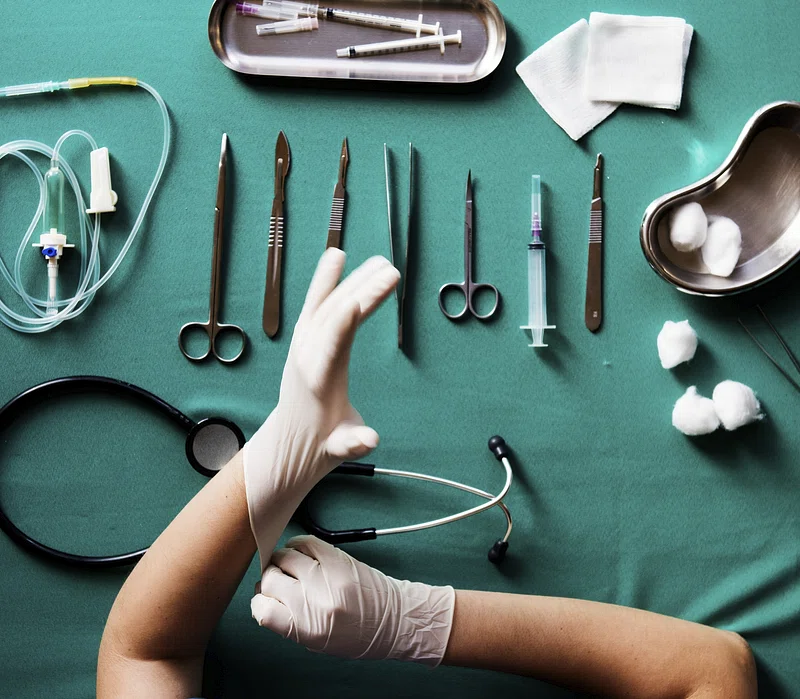
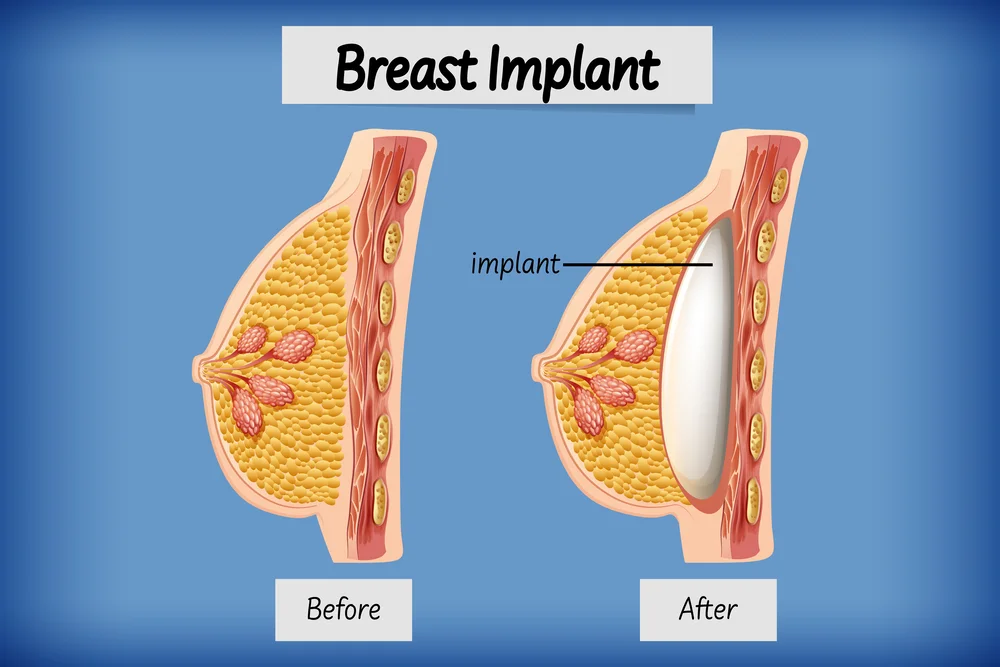
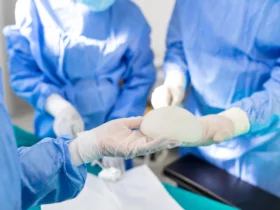

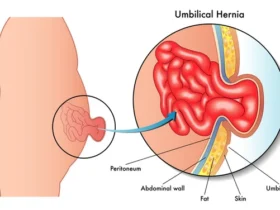
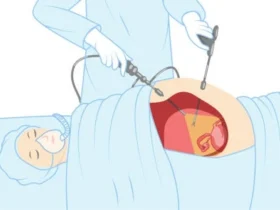


2 Comments